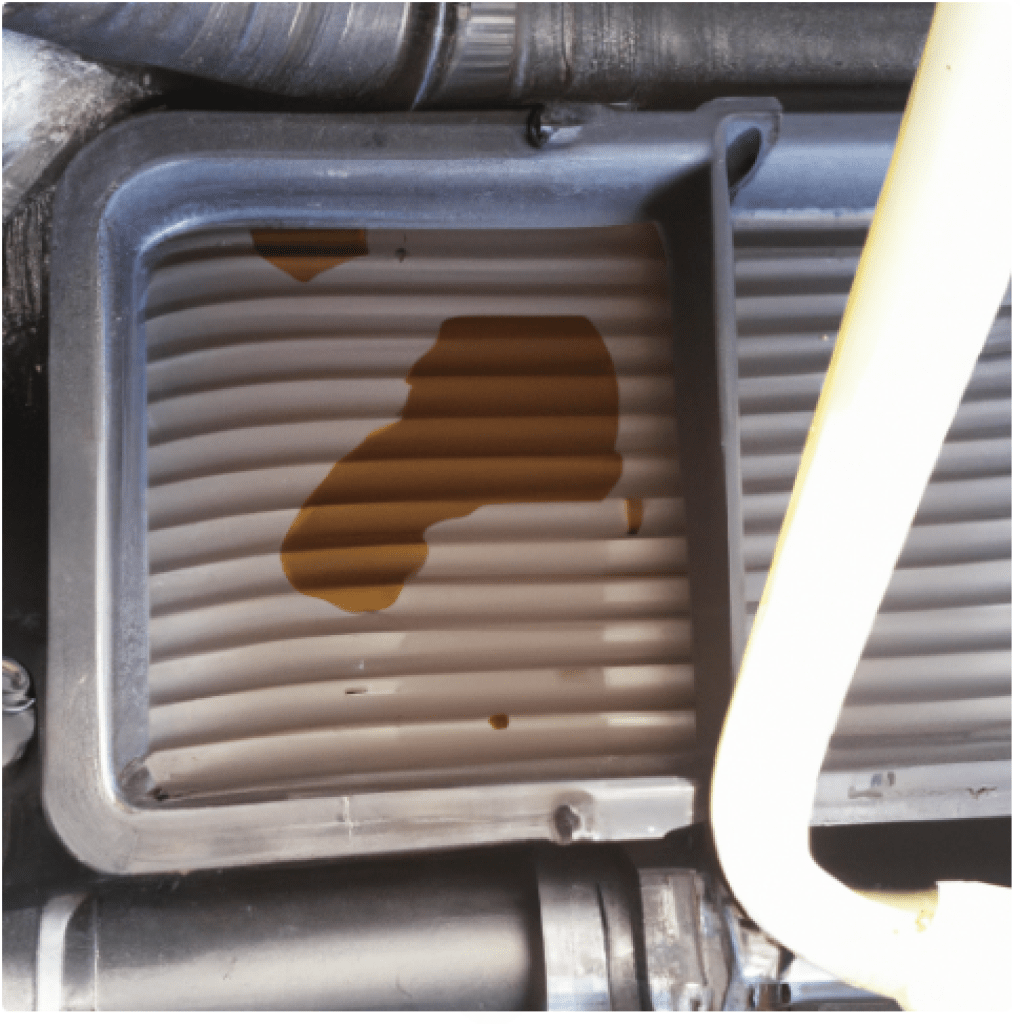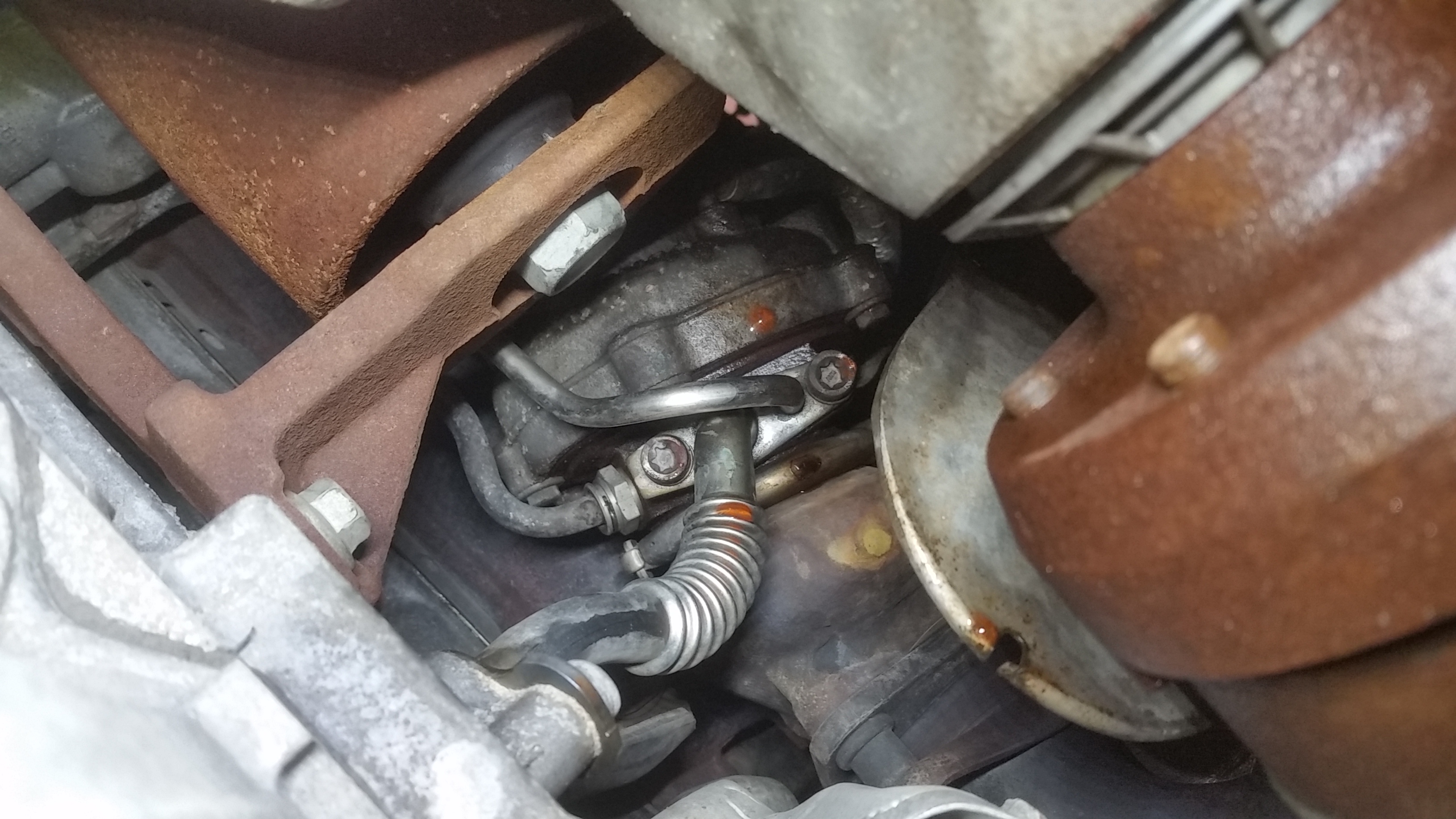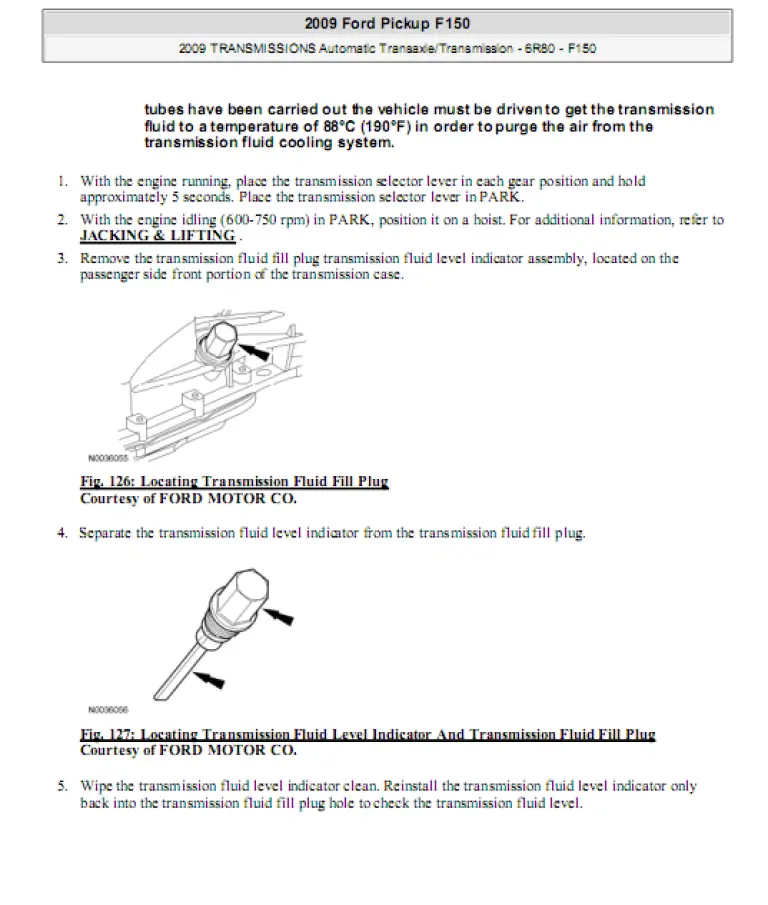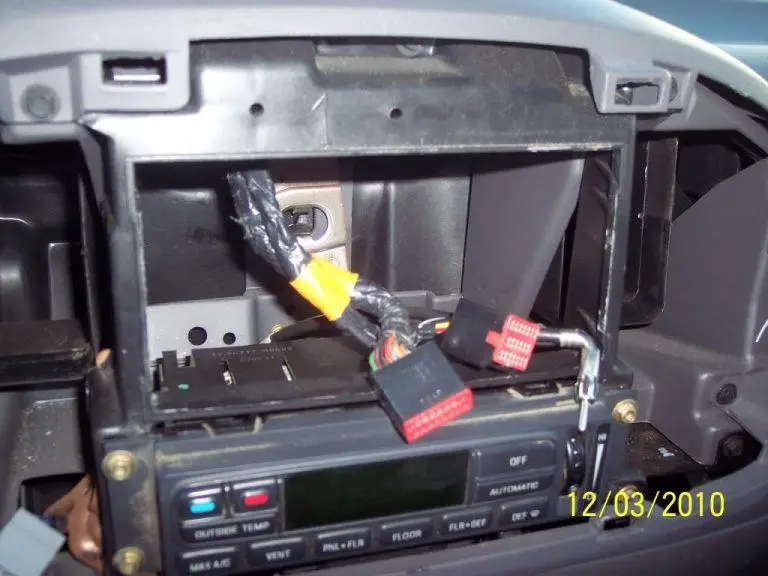2014 F150 Ecoboost Coolant Leak
Last Updated on by David Jon
The 2014 Ford F-150 EcoBoost is a popular pick-up truck known for its power, fuel efficiency, and reliability.
However, like any vehicle, it can sometimes experience coolant leaks. A coolant leak can lead to severe engine damage if left unchecked.
In this guide, we will cover the common causes of coolant leaks, symptoms, and a detailed step-by-step approach to fixing the problem.
2011-2014 Ford F-150 3.5L Ecoboost: The Most Common Coolant Leak
Why is my Ford F150 leaking coolant?

If your Ford F-150 is leaking coolant, there are several possible causes. Common reasons for coolant leaks in F-150 trucks include:
Leaking hoses:
Over time, rubber hoses that connect various components of the cooling system may deteriorate, crack, or become loose, causing coolant to leak.
Radiator issues:
A damaged, corroded, or punctured radiator can lead to coolant leaks. This can occur due to normal wear and tear, road debris, or age.
Water pump failure:
The water pump is responsible for circulating coolant throughout the engine to regulate temperature. A worn-out or damaged water pump may cause a coolant leak because of a failing gasket, a loose seal, or internal corrosion.
Heater core leaks:
The heater core is responsible for providing warm air to the vehicle’s cabin. Over time, the heater core may develop leaks due to corrosion, clogging, or damage, leading to coolant leakage into the cabin or onto the ground.
Damaged head gasket:
A blown or damaged head gasket can allow coolant to leak into the engine or escape externally. This issue often occurs due to engine overheating, causing damage to the head gasket and creating a pathway for coolant leaks.
Cracked engine block or cylinder head:
In rare cases, extreme overheating or mechanical stress can lead to cracks in the engine block or cylinder head, causing coolant to leak.
To diagnose the source of the leak, you should perform a visual inspection of the cooling system, looking for signs of moisture or coolant around hoses, the water pump, the radiator, and the heater core.
It may be necessary to consult a professional mechanic to identify and repair the leak properly. Promptly addressing a coolant leak can help prevent costly engine damage and maintain the performance and reliability of your Ford F-150.
See Also:
4 Most Symptoms of a Coolant Leak:
1. Engine overheating:
A rising engine temperature gauge or frequent engine overheating may indicate a coolant leak.
2. Low coolant levels:
Regularly needing to add coolant to the engine suggests a leak.
3. The sweet smell from the engine:
A sweet, syrupy odor coming from the engine is often a sign of a coolant leak.
4. Discolored coolant:
Bright green or orange coolant under your vehicle may indicate a leak; normal coolant should be a clear green color.
Step-by-Step Fix 2014 Ford F-150 EcoBoost Coolant Leaks
Locate the source of the leak:
Inspect under the hood and around the engine for signs of coolant, such as puddles or damp spots. Check the hoses, radiator, water pump, and connections for visible leaks.
Allow the engine to cool:
Turn off the engine and let it cool completely before proceeding.
Gather necessary tools and materials: You will need gloves, a coolant catch pan, a wrench, a hose clamp, a funnel, and replacement parts as needed (hose, water pump, or radiator sealant).
Replace leaking hoses:
If the leak is coming from a hose, use the wrench to loosen the clamps, remove the damaged hose, and replace it with a new one. Secure the new hose with hose clamps.
Repair radiator leaks:
If the leak is coming from the radiator, follow the manufacturer’s instructions to apply a radiator sealant to the affected area.
Replace a faulty water pump:
If the leak is due to water pump failure, drain the coolant, remove the old pump, and install a new one following the vehicle’s service manual.
Check and tighten connections:
Inspect all hose connections, clamps, and fittings for any signs of looseness or damage. Tighten or replace them as needed.
Refill the coolant:
Using a funnel, fill the radiator with the correct type and amount of coolant specified in your owner’s manual.
Bleed the cooling system:
Start the engine and let it run for a few minutes with the radiator cap off, allowing air bubbles to escape from the cooling system. Turn the engine and top off the coolant level as needed.
Test drive and monitor for leaks:
Drive the vehicle for a few miles, then re-inspect for any signs of leaks. If the issue persists, repeat the steps or consult a professional mechanic.
Being aware of the symptoms and causes of coolant leaks in your 2014 Ford F-150 EcoBoost is crucial to maintaining its performance and preventing costly engine damage.
What Kind of Coolant Does a 2014 F150 Take
For a 2014 Ford F-150, the recommended coolant is Motorcraft Yellow Antifreeze/Coolant Concentrated or a compatible equivalent. This coolant is an ethylene glycol-based product and meets the Ford specification WSS-M97B51-A1.
When servicing your cooling system, it is essential to mix the concentrated coolant with distilled water in a 50/50 ratio. This mixture will provide proper freeze protection, corrosion resistance, and heat transfer properties to maintain the optimal performance of your engine.
Always consult your owner’s manual or a certified Ford mechanic for specific recommendations regarding your vehicle’s coolant type and maintenance schedule. Mixing different types of coolants can lead to incompatibility issues and potentially harm your cooling system.

FAQs:
How can I tell if my 2014 F150 EcoBoost has a coolant leak?
Symptoms of a coolant leak include engine overheating, low coolant levels, a sweet smell from the engine, and discolored coolant.
Can a coolant leak cause engine damage?
Yes, if a coolant leak is not fixed in a timely manner, it can lead to engine damage from overheating.
How much does it cost to fix a 2014 F150 EcoBoost coolant leak?
The cost of fixing a coolant leak depends on the cause and the extent of the repair needed. On average, repairs can cost anywhere from $200 to $1,500.
Is a Coolant Leak Causing the High Engine Temperature in My 2014 Ford Escape?
If you suspect a coolant leak in your 2014 Ford Escape, it could indeed be contributing to the high engine temperature. This issue can compromise the ford escape engine temperature safety and lead to potential damage. It’s crucial to address coolant leaks promptly to maintain optimal engine performance and prevent costly repairs.
How Can I Fix a Coolant Leak in My F150 Power Inverter Under the Seat?
If you’re wondering how to fix a coolant leak in your F150 power inverter under the seat, following the f150 power inverter installation guide is essential. Identifying the source of the leak is the first step, which may require removing the seat. Afterward, carefully inspect and repair or replace any damaged hoses or connections. Make sure to refill the coolant properly and perform a thorough test to confirm the leak is resolved.
FORD F150 3.5L COOLANT LEAK | F150 ECOBOOST TURBO COOLANT LINE
Conclusion
A coolant leak in a 2014 F150 EcoBoost engine is important for the overall health and longevity of the engine. If a coolant leak is left unrepaired, it can lead to serious engine damage and higher repair costs in the long run.
By performing timely repairs and maintaining the proper engine cooling system, you can help to ensure that your 2014 F150 EcoBoost runs smoothly and efficiently for years to come.




